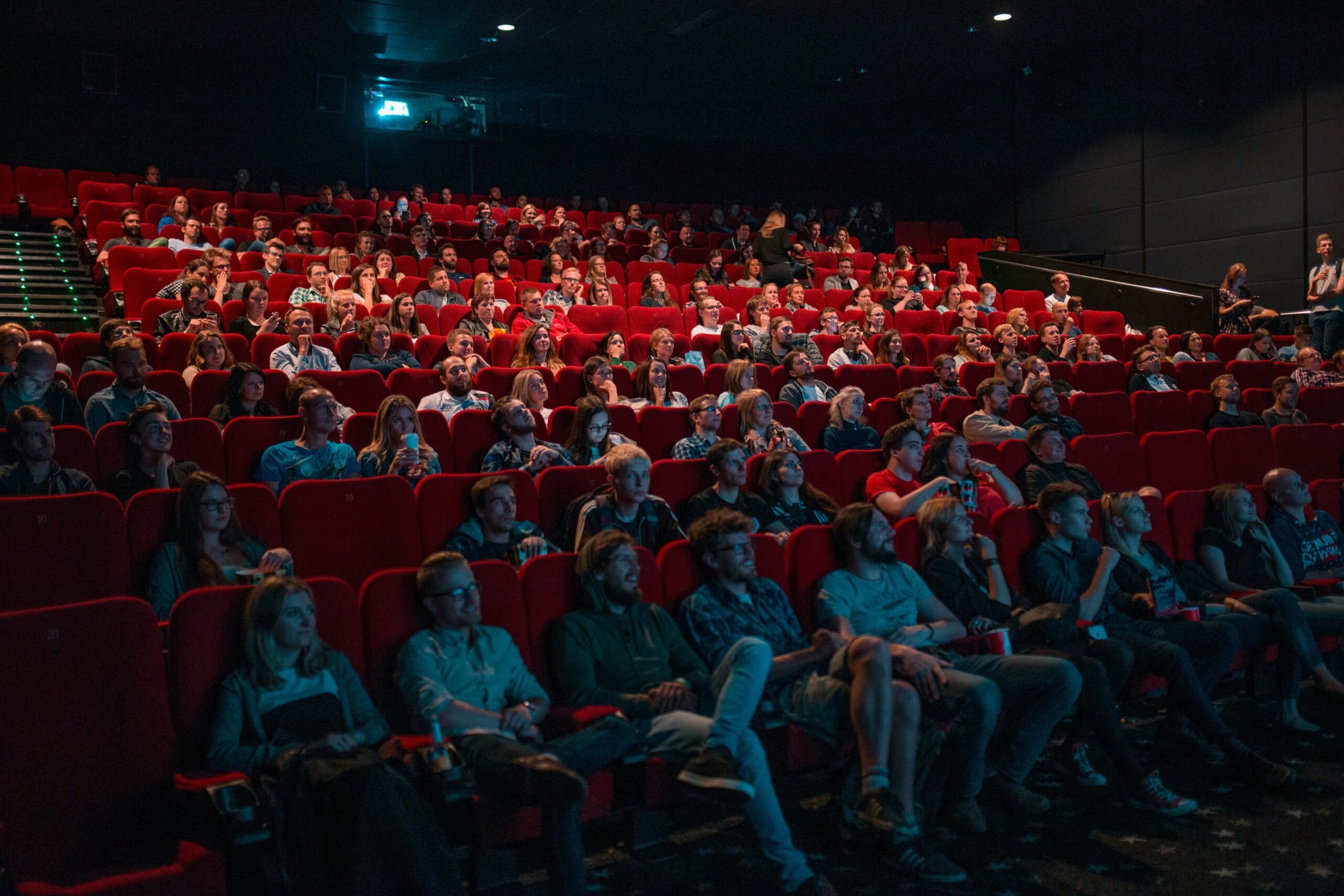Go to the movie theaters, especially the independent ones.
There are seemingly countless benefits to watching movies at home. The advent of streaming and the accessibility of pirated films makes it a no-brainer to many. The home viewer can control the volume and the environment, take bathroom breaks, talk, or stay silent. These benefits seemed to be killing the movie theater industry over the last decade, yet attendance has seen a post-pandemic rebound. I would argue that there are two main reasons people bypass the convenience of a movie night for a movie trip: to experience cinema in a larger, higher-quality format and for the communal experience.
The recent success of films like Christopher Nolan’s Oppenheimer and Denis Villeneuve’s Dune: Part Two reflects audiences’ willingness to flood theaters to see a film in a massive format like IMAX. This summer also saw people flock to see Greta Gerwig’s Barbie—not for its cinematic nature, but rather, for the cultural moment surrounding it. This success is great for theaters and cinema in general.
Still, we should expect more from ourselves as audiences if we want to foster a culture that supports its artists. I urge you to go to the movies for a third reason: to genuinely enrich your understanding of the medium and the world. To me, this means being open to growth and challenging your biases. This is where independent cinemas come in.
A large chunk of today’s audiences might reject independent theaters because of their (general) lack of recliners and IMAX screens. It is true that independent cinemas at least partly fail to live up to people’s desires for massive cinematic experiences; these attitudes have led to the domination of multiplexes like Cineplex and to independent theaters’ struggle for survival.
However, independent movie theaters are operated and attended by people who love cinema. This goes a long way in forming the communal experience of the movie theater. In my experience, the audiences in these theaters laugh more, clap louder, and talk less than those at multiplexes.
Because of their love for cinema, programming at independent theaters tends to be very inspiring, allowing younger generations to see older classics while also allowing older generations to reconnect with their past. Coolidge Corner Theatre and the Somerville Theatre in the Boston area, The Fox and Paradise Theatre, as well as Innis’ very own Free Film Friday in Toronto have all been essential in opening me up to films I would not have been able to see at a multiplex.
Reviews
In fact, just last week at Paradise Theatres, I was able to watch a double-feature of Orson Welles’ Chimes at Midnight (1965) and Kurosawa’s Throne of Blood (1957). In the last month, I actually bought tickets to three separate screenings of Akira Kurosawa films at Paradise theaters, the first two of which I missed. Fortunately, I was able to make it to the double-feature last week. Each film was my first experience with their respective director—and I had not heard of either title. Both were great, and you should definitely go see them.
Chimes and Throne of Blood are both Shakespeare adaptations. One of my favorite things about these is the range of experiences an audience can have based on whether or not they have read the play or have seen it adapted in some capacity. Chimes is an Orson Welles’ adaptation of Shakespeare’s Henry IV (Parts I and II). Having not read the play, my background of the story was non-existent. Whatever the tone of the actual play may be, this film was hilarious. Welles’ physicality in the role of Falstaff was unlike anything I had seen before. Falstaff is good friends with King Henry IV’s son, Prince Hal. Spending most of his time with Falstaff, Hal needs to prove to his father that he can turn his back on his old life and, consequently, his good friend Falstaff. Despite the comedy, this film definitely gets emotional at some points. Henry IV’s soliloquy was incredibly haunting towards the end. Go see this one.

Throne of Blood is Akira Kurosawa’s adaptation of Shakespeare’s Macbeth. I have read the play multiple times and have seen Joel Coen’s adaptation, The Tragedy of Macbeth, twice (I loved it). Coen’s adaptation was visually haunting and essentially followed the source material word-for-word. Kurosawa takes the interpretation in a different direction, shuttling Throne of Blood to feudal Japan. This is easily the best Shakespeare adaptation and one of the best movies I have ever seen. Despite being made in the 1950s, the film looks fantastic, and the visual storytelling is incredibly haunting and scary. I knew Macbeth dealt a bit with the supernatural, but Kurosawa’s interpretation of a stripped-back script and intense supernatural, if not schizophrenic, visuals was a revelation. The best performance here is by Isuzu Yamada as Lady Asaji, Kurosawa’s Lady Macbeth. She is silent and potent with her body language and movement. I could talk about this one forever, but I would really encourage you to see for yourselves.

